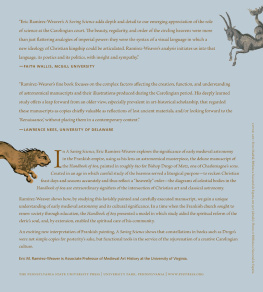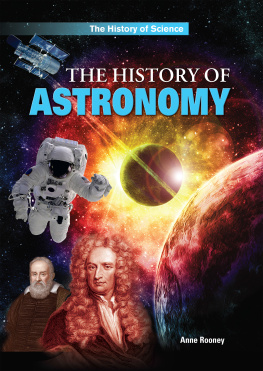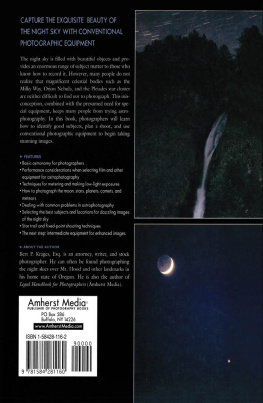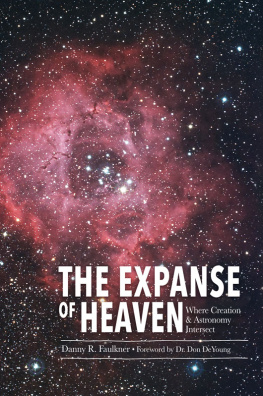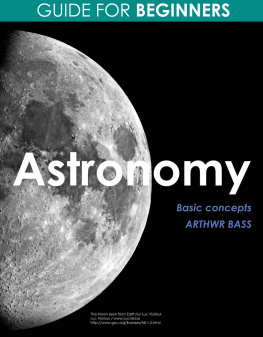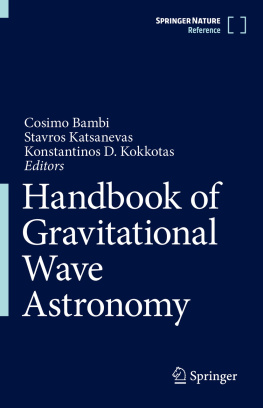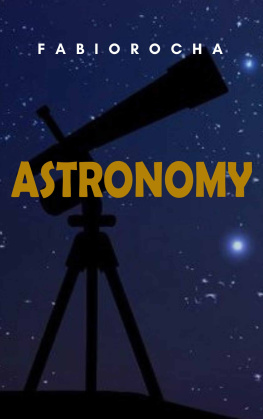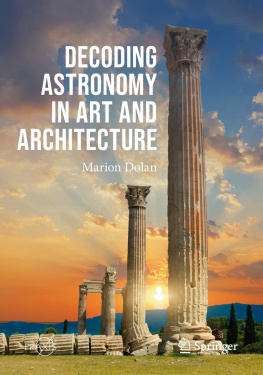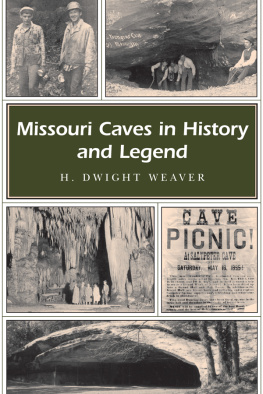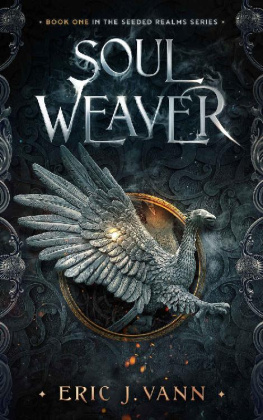A Saving Science
THE PENNSYLVANIA STATE UNIVERSITY PRESS
UNIVERSITY PARK, PENNSYLVANIA
A
SAVING
SCIENCE
Capturing
the Heavens
in Carolingian
Manuscripts
ERIC M. RAMREZ-WEAVER

Publication of this book has been aided by a grant from the Millard Meiss Publication Fund of the College Art Association.
Publication of this book has been supported by a Samuel H. Kress Foundation Research Grant administered by the International Center of Medieval Art.
Library of Congress Cataloging-in-Publication Data
Names: Ramrez-Weaver, Eric M., 1971 , author.
Title: A saving science : capturing the heavens in Carolingian manuscripts / Eric M. Ramrez-Weaver.
Description: University Park, Pennsylvania : The Pennsylvania State University Press, [2017] | Includes bibliographical references and index.
Summary: Focusing on the Handbook of 809, explores how the liberal arts, and in particular astronomy, experienced a revival in the ninth-century court of Charlemagne. Documents the utility of the constellations for prelates who needed to fix the floating feast of Easter and reckon timeProvided by publisher.
Identifiers: LCCN 2016009956 | ISBN 9780271071268 (cloth : alk. paper)
Subjects: LCSH: Biblioteca Nacional (Spain). Manuscript. 3307Illustrations. | Illumination of books and manuscripts, MedievalFranceMetz. | Illumination of books and manuscripts, Carolingian. | Astronomy, Medieval. | Astronomy in art. | Biblioteca Nacional (Spain).
Classification: LCC ND3399.L53 R35 2016 | DDC 745.6/709443853dc23
LC record available at https://lccn.loc.gov/2016009956
Copyright 2017 The Pennsylvania State University
All rights reserved
Printed in Hong Kong
Published by The Pennsylvania State University Press,
University Park, PA 168021003
The Pennsylvania State University Press is a member of the Association of American University Presses.
It is the policy of The Pennsylvania State University Press to use acid-free paper. Publications on uncoated stock satisfy the minimum requirements of American National Standard for Information SciencesPermanence of Paper for Printed Library Material, ANSI Z 39.481992.
Additional credits: page ii, detail of Aquarius, Leiden Aratea, folio 48v ().
FOR
OLIVIA
Make the art in your heart
CONTENTS
PLATES
FIGURES
This book has benefited from the benevolence of multiple institutions and individuals. Generous financial support has been supplied by the following institutions: the Millard Meiss Publication Fund of the College Art Association; a Samuel H. Kress Foundation Research Grant administered by the International Center of Medieval Art; and the University of Virginia, through the McIntire Department of Art and the Carl H. and Martha S. Lindner Center for Art History, multiple summer stipend awards, and two grants for support of research in the arts, humanities, and social sciences. Composition and completion of this project also benefited from research funding supplied by a Sesquicentennial Associateship at the University of Virginia and one of the Mellon Fellowships for Assistant Professors within the School of Historical Studies at the Institute for Advanced Study, Princeton.
This book would not have been possible without the generosity of many libraries and cultural institutions worldwide that conferred gracious opportunities to work with their rich treasures or resources through diverse combinations of funding, access, and the inestimable guidance supplied by their personnel. In particular, I wish to thank the Bayerische Staatsbibliothek in Munich, the Biblioteca Apostolica Vaticana of Vatican City, the Biblioteca Capitolare of Monza and the Fondazione Gaiani, the Biblioteca Nacional de Espaa in Madrid, the Bibliothque nationale de France in Paris, the Erzbischfliche Dizesan- und Dombibliothek of Cologne, the Institute of Fine Arts of New York University, the Metropolitan Museum of Art in New York, the Morgan Library and Museum in New York, the sterreichische Nationalbibliothek in Vienna, the Rmisch-Germanisches Zentralmuseum in Mainz, the Staatsbibliothek zu Berlin of the Preuischer Kulturbesitz, the Stiftsbibliothek Sankt Gallen, the Universittsbibliothek in Basel, and the Zentralinstitut fr Kunstgeschichte in Munich.
Too many extraordinary individuals deserve mention for them all to be named. And yet the indefatigable model of scholarly excellence supplied by my dear Doktorvater, Jonathan J. G. Alexander, is ever before me as I daily set to work with renewed vigor. Lucy Sandler (also from NYU) stands alongside Meredith Lillich of Syracuse University in my mind as matriarchs of medieval art history who have played a formative role, shaping not only my research results but also the mental habits that led to them. This book is significantly indebted to the research day spent exploring manuscripts from Metz at the Bibliothque nationale de France. Several of the manuscripts treated in this book are tantamount to national treasures, and I am humbled by the opportunities I had to research such books on site in Madrid, Monza, Munich, the Vatican, and Vienna. In this context, I reminisce with forlorn fondness, as well as the utmost gratitude, for the mndliche Prfung and aid I received over the years from Florentine Mtherich, so recently departed. The original book manuscript also benefited greatly from the suggestions of its anonymous reviewers and the editorial acumen of Eleanor Goodman and Victoria Scott.
All of my colleagues have been sources of encouragement and guidance, honing my ideas through thoughtful conversation, conference interaction, and email exchange. In particular, special thanks are due Ahmed al-Rahim, Paul Barolsky, Gregory Hays, Danielle Joyner, Paul Kershaw, Herbert Kessler, Aden Kumler, Christopher Lakey, Susan LEngle, Richard Leson, Lawrence Nees, Karl Shuve, Tyler Jo Smith, Joshua White, Dorothy Wong, and my friends at the Brown Residential College. The ongoing and faithful support of each respective chairperson under whom I have served within the Department of Art at the University of Virginia has been a mainstay: Francesca Fiorani, Lawrence Goedde, and Howard Singerman. Superior students have also challenged my views and helped me perfect my arguments. In particular, I wish to thank current and former students: Adrienne Albright, Tracy Cosgriff, Jennifer Grayburn, Catherine Hundley, Taylor McCall, and Victoria Valdes.
In closing, my wife, Elizabeth, remains the solar source of every joy, radiating steadfast kindness in the childrens hospital and at home. With her came Olivia, to whom this book is dedicated. Keep dancing, my dear, upon the moonbeams that summon you, and may your beautiful brown eyes forever be filled with the light of heaven.
I n the year 809, a seven- or eight-year-old illegitimate son of
The synod of 809 was a royal event, involving some of the most important Frankish prelates who were adept at mathematically verifiable results.

FIGURE 1
Mundus-annus-homo diagram. Isidore of Seville, De natura rerum, Munich, Bayerische Staatsbibliothek, Clm 16128, fol. 16r. Photo: Bayerische Staatsbibliothek Mnchen.
As a child, Drogo (d. 855) would have been separated from all the synodal proceedings, but he would have been reared in the intellectually rich fervor that followed the interrogation of such questions as when Jesus was crucified (reckoned to be 25 March), how old While their confreres at Aachen were debating dogma and defining doctrinal boundaries against Byzantine orthodoxy, these learned men were determining how well the Franks could put their contested faith into practice.

